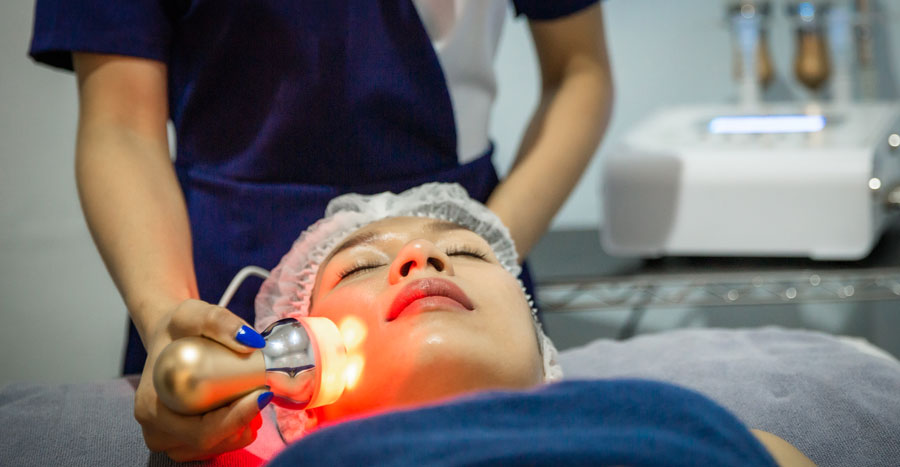Sun damage can manifest itself on the skin in a variety of ways, such as wrinkles, broken blood vessels, brown spots (also known as sun spots, age spots or liver spots) and rough, scaly precancerous patches called actinic keratoses.
There are many laser treatments available today that help reverse sun damage and improve the appearance of mottled, rough or leathery-looking skin.
Specific lasers target particular problem areas of the skin. For example, pigment-specific lasers (such as Q-switched ruby, Q-switched Nd-YAG and Q-switched alexandrite) remove brown spots. Broken blood vessels are treated with vascular-specific lasers, such as the Pulse Dye Laser (PDL).
There are also many lasers that are highly effective for treating wrinkles. These lasers can be ablative (meaning they vaporize the top layer of the skin), such as the CO2 or erbium laser, or nonablative (for example, a resurfacing laser that eliminates wrinkles without any peeling of the skin).
The use of either ablative or many of the nonablative lasers increases collagen formation, which translates into an improvement in fine lines and wrinkles.
None of these lasers increase the chances of developing skin cancer. In fact, some are useful in treating precancerous lesions, thus reducing the risk of developing skin cancer.
 About the Expert
About the Expert
Deborah S. Sarnoff, MD, is a clinical professor of dermatology in the Ronald O. Perelman Department of Dermatology at NYU School of Medicine. Cofounder and codirector of Cosmetique Dermatology, Laser & Plastic Surgery LLP in Manhattan and Long Island, Dr. Sarnoff is also president of The Skin Cancer Foundation.





